Al RIAT 2016, tra un F-35 ed un F-22, è andato in volo un aereo praticamente sconosciuto ai più (mi riferisco ad appassionati italiani, essenzialmente abituati a velivoli più “nostrani”):
Si tratta del BAC Strykemastger Mk82A.
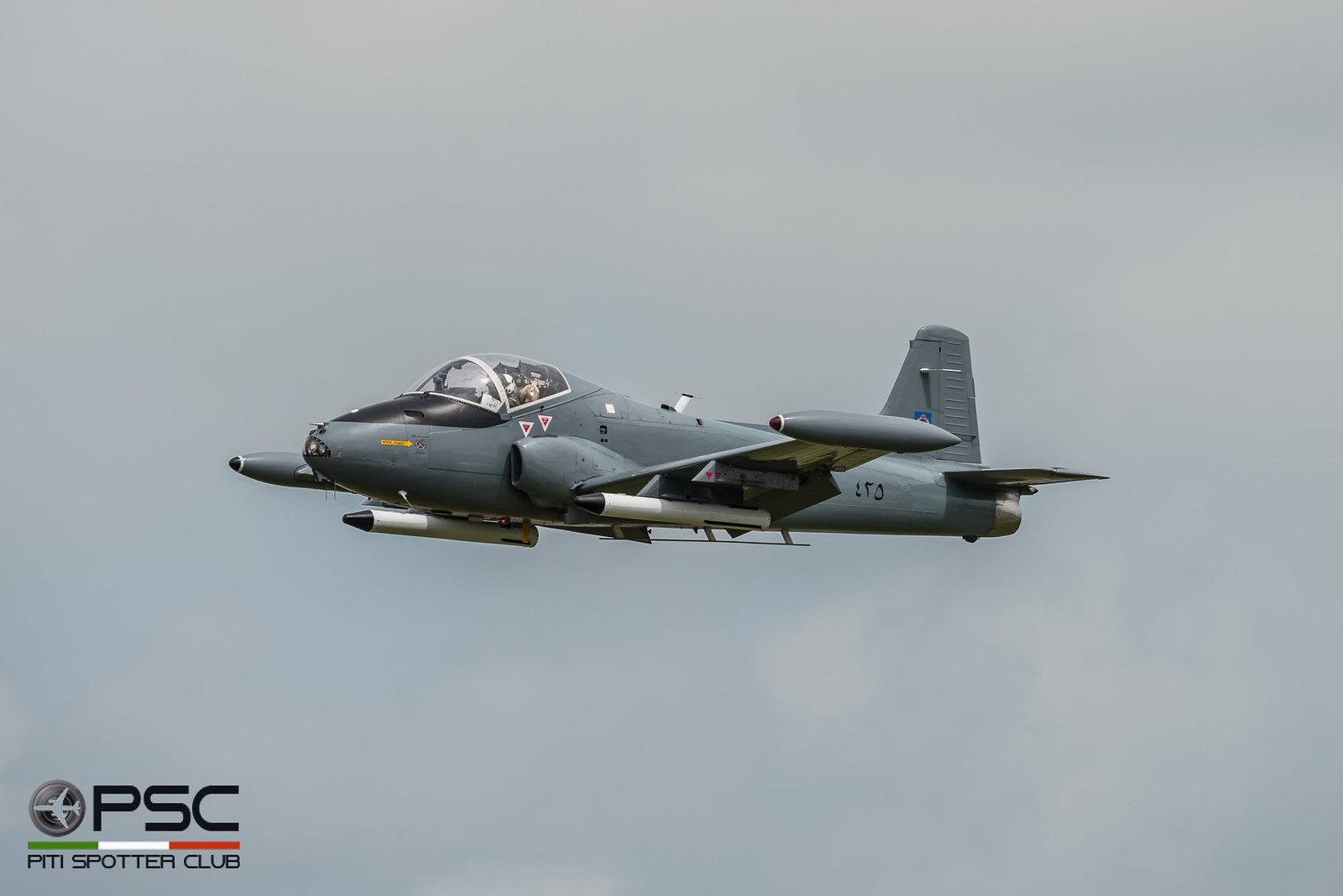 DGC_2632
DGC_2632 by
Gianluca Conversi, su Flickr
La British Aircraft Corporation ha sviluppato il BAC 167 Strikemaster come versione armata di un addestratore di grande successo, il Jet Provost che vedete qui di seguito:
 DGC_1619
DGC_1619 by
Gianluca Conversi, su Flickr
La cellula è stato rafforzata e da un’armatura protettiva, installati punti d'attacco sotto le ali per carichi di caduta, vano per mitragliatrici e la sua motorizzazione ebbe una versione appositamente aggiornata della turbo ventola Viper Rolls-Royce.
Il risultato ottenuto è stato un velivolo adatto sia per l'attacco diurno e formazione avanzata dei piloti, finalizzato in gran parte ai paesi meno in grado di permettersi jets da combattimento più prestanti (è costosi).
Il primo Strikemaster ha preso il volo nel 1967 ed è entrato in linea con le aviazioni di Botswana, Ecuador, Kenya, Kuwait, Nuova Zelanda, Oman, Arabia Saudita, Singapore, Sud Yemen e Sudan.
Di questi, Ecuador, Oman e Yemen del Sud hanno utilizzato il velivolo in combattimento.
Tutti gli Strikemasters sono stati ritirati dal servizio attivo, ma molti continuano a volare in mani private tra cui l'ex-Royal Air Force ed ex-Oman Mk82A di proprietà della North Wales Military Aviation Services che ha portato in volo il suo esemplare durante l’International Air Tattoo 2016 tenutasi a Fairford.
Riporto un estratto dal sito ufficiale con dettagli ed aneddoti più approfonditi che, seppur in lingua inglese, sono veramente interessanti e consentono ai lettori di respirare un altro pezzo di aviazione storica per noi praticamente sconosciuta.
Personalmente consiglio di leggerlo appena avete un minuto, ma se avete fretta saltate direttamente alle fotografie che trovate al termine.
Credit
www.bacstrikemaster.co.uk/ :
'425' was the last of the many, well the last Strikemaster.
It was intended to fulfil one part of a contract to supply 10 to Sudan. However, due to an arms embargo only three of the aircraft got delivered. Three completed airframes were kept at Warton and occasionally flown, before being sold to Ecuador Air Force a couple of years later. The remaining airframes were unfinished, and all the major components that had been built were placed in storage at British Aerospace's Bournemouth factory.
During 1984, the SOAF (Sultan of Oman's Air Force) lost one of its Strikemaster aircraft in a flying accident, and it later placed an order for a replacement aircraft with BAe (British Aerospace). A new aeroplane was constructed using various stored components left over from the embargoed Sudan and other previous orders. The end result was a complete Strikemaster without a set construction number or date. Strikemaster Mk.82A '425' was born, with the airframe taking on its military identity as its construction number.
'425' was ferried to Oman by two serving SOAF pilots in the summer of 1986. On arrival the aeroplane commenced service with 1 Sqn. based at RAFO Masirah, alongside the Air Force's other Strikemaster airframes. It remained in service until the type was decommissioned in 1999.
425 was later ferried to RAFO Seeb(N) - Seeb North, and employed as an instructional airframe with the AFTC (Air Force Technical College) with four other Strikemasters. The remainder of the Strikemaster fleet was dispersed and most became gate guardians at various RAFO airfields. All the aircraft at Seeb(N) were kept as 'live' training aids, but with all cartridges from the seats, canopy, and pylons removed.
In late 2004, following a considerable amount of negotiations UK-based North Wales Military Aviation Services acquired 425. Its engineers dismantled the aeroplane, and had it shipped back to the UK by sea. It arrived in the UK in January 2005, and was moved by road to NWMAS' base at Hawarden.
Restoration began immediately, and just six months later following intense work by the NWMAS engineers 425, now registered G-SOAF, was returned to the air. It made its UK debut at Waddington airshow in the static display, and followed up with appearances at Fairford and RNAS Yeovilton. During 2007 it attended several events, including Kemble where it participated in the flying display, and these appearances continued into 2008.
During 2009, G-SOAF became one of the founder airframes of the newly-formed Team Viper, a four-ship Strikemaster display team made up of owners/pilots spread across the UK. SOAF appeared with the team at every commitment throughout the airshow season, and looks set to continue as a permanent fixture in 2010.
History
The original concept of the Strikemaster was as a result of the export success of the Jet Provost.
The British Aircraft Corporation, based at Warton, began work on the design of this new type, which would be based on the Mk.5 Jet Provost. This aircraft would be able to perform both the training role and light attack duties, and be available at a price that smaller nations could afford, thus improving its chances in the export market.
The project was originally labelled the BAC 166 and work began on producing an airworthy test-bed.
The prototype was rolled out of the Lancashire factory and it took its first flight on 26 October 1967. The comparisons with the JP T.5, which first flew a few months previously were clearly evident, but this aircraft had several additional features.
The airframe was strengthened with armour put in place, an up-rated Rolls Royce Viper 525 engine capable of 3410lb of thrust was fitted, and eight stores hard-points were installed beneath the wings, enabling the Strikemaster to carry light armament and drop tanks. The fuel system layout was also revised and the landing gear was shortened to be more suitable for rough field operations, conditions that potential export customers were likely to encounter.
Inside the cockpit there were several changes; comprehensive communications and navigational equipment was installed, as well as two up-rated Martin Baker ejection seats fitted. The type was also given a new official classification - the BAC.167. In a combat configuration the Strikemaster could be fitted with two .303 machine-guns, each with 525 rounds of ammunition. The eight hard-points enabled external loads such as 3,000 lbs. of bombs, rockets or Napalm to be carried underneath the wings.
With the first aircraft built and flying, work began by BAC to generate interest in the design, which would hopefully be followed by firm orders. Initial signs were good that the Strikemaster would be a success, with several nations showing interest.
It was decided by BAC that each country of sale would have its own variation or mark of Strikemaster. The Saudi Arabian Air Force were the first nation to place an order, for the Mk.80 version. This Air Force turned out to be the main export customer, they ordered 47 examples in total, spread over three batches, and were delivered between 1968 and 1977.
The Air Force of South Yemen acquired four Mk.81 Strikemasters in 1969, and Mk.82s were delivered to the Sultan of Oman Air Force around the same time.
The Kuwait Air Force originally ordered the Mk.83, with deliveries commencing in 1970.
After a career spanning some 15 years they were withdrawn in 1985 and traded back to British Aerospace (BAe). The surviving aircraft were flown back to Warton, using UK military serials (ZG805-813) and placed in store. In 1987 BAe sold the aircraft, now all completely rebuilt, to the Botswana Defence Force. Deliveries commenced the same year and were completed by the end of 1988. The Mk.83s stayed in service with the Air Force, until retirement in 1997.
Other customers included the Singapore Air Force, which ordered 16 examples of the Mk.84 Strikemaster in 1968 and delivered in 1969. Kenya received examples of the Mk.87 Strikemaster, and they stayed in service until being replaced by the BAe Hawk.
The surviving aircraft were passed onto the Botswana Defence Force, where they served with the country's existing fleet of Mk.83s until retirement in 1997.
The New Zealand government placed an order in 1970, and their first Mk.88 aircraft (NZ6361) was delivered in 1972, with the remaining aircraft on order reaching the RNZAF in 1975. These continued in service for the next twenty years before retirement in 1993.
The country of Ecuador ordered eight Strikemaster Mk.89 aircraft, and these were delivered in 1972. Eight further examples, designated Mk.89As, were delivered in 1976.
The last new-build export customer for the Strikemaster was to be Sudan.
Ten Mk.90 aircraft were ordered, and were built at Warton, with assembly moving to the Bournemouth factory as late as 1984. However, an arms embargo prevented seven aircraft being delivered, and instead six were sold to Ecuador, with the other going to Oman.
The BAC Strikemaster set a world record for the number of repeat orders placed, and a total of 146 were used collectively by ten different nations. Examples in Oman, South Yemen, and Ecuador all saw combat during their service careers, with most of the Oman Air Force fleet sustaining battle damage. The type coped so well in such environments it soon earned a reputation for being a very tough aircraft.
Ecco le foto:
 DGC_2633
DGC_2633 by
Gianluca Conversi, su Flickr
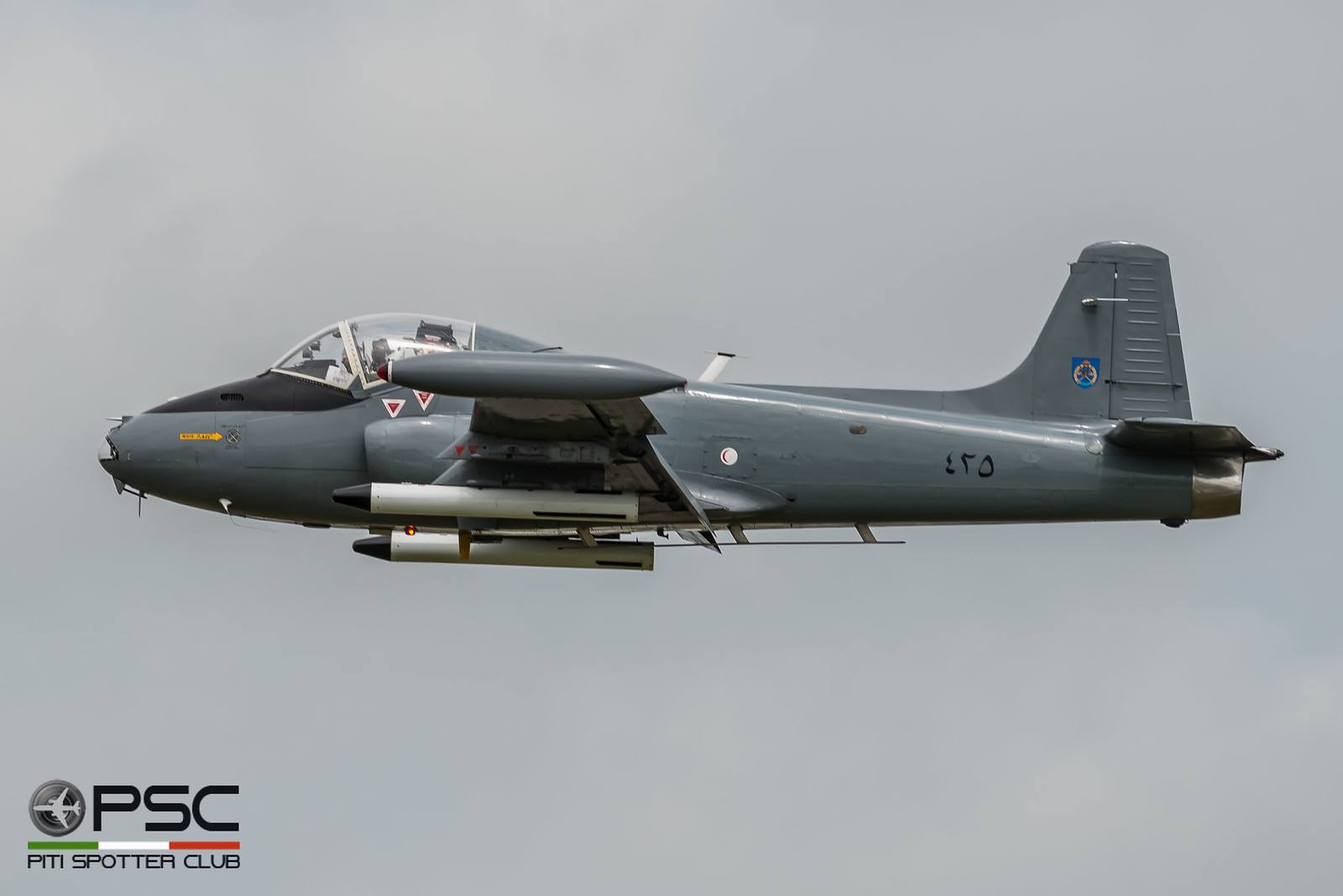 DGC_2634
DGC_2634 by
Gianluca Conversi, su Flickr
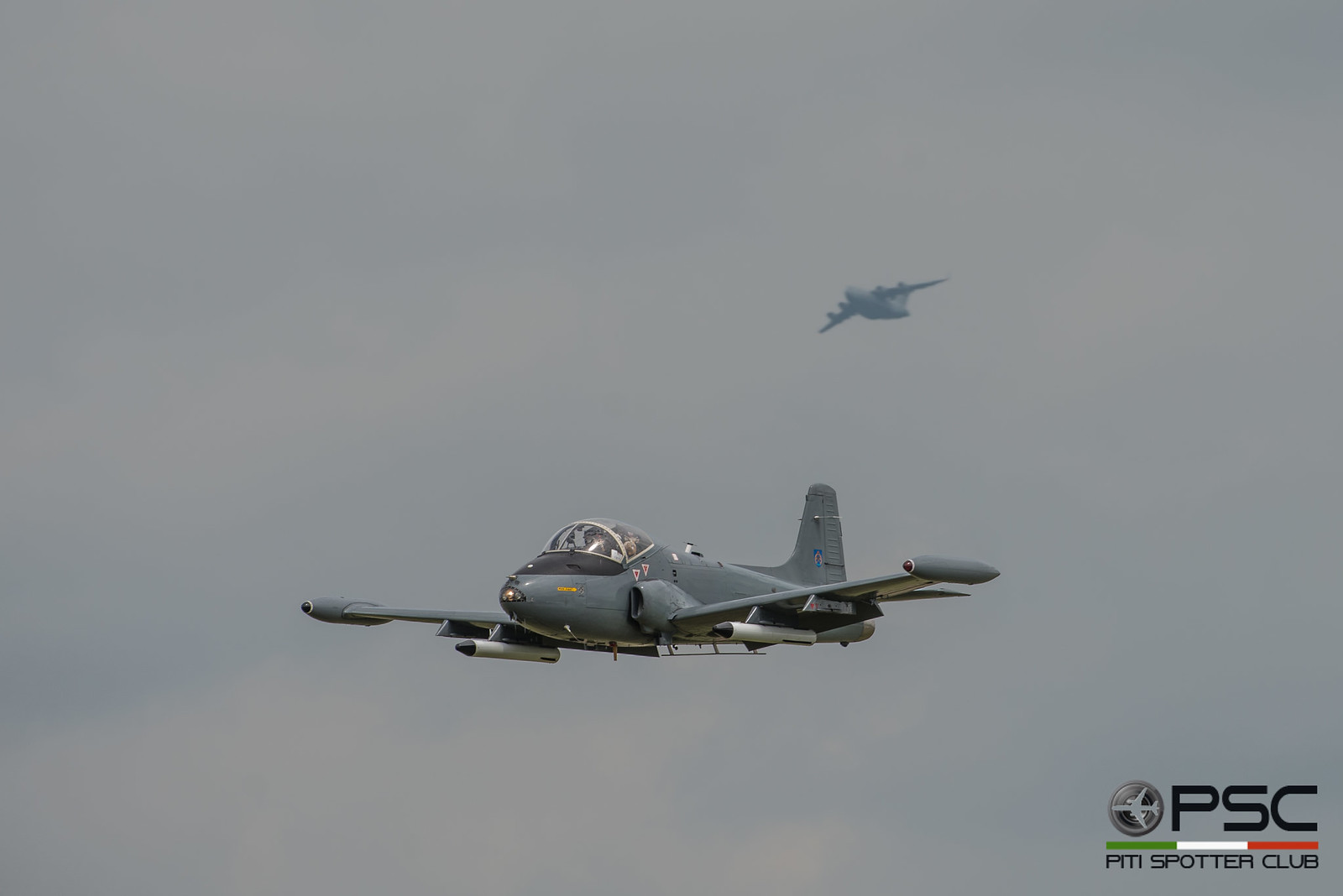 DGC_2631
DGC_2631 by
Gianluca Conversi, su Flickr
 DGC_2636
DGC_2636 by
Gianluca Conversi, su Flickr
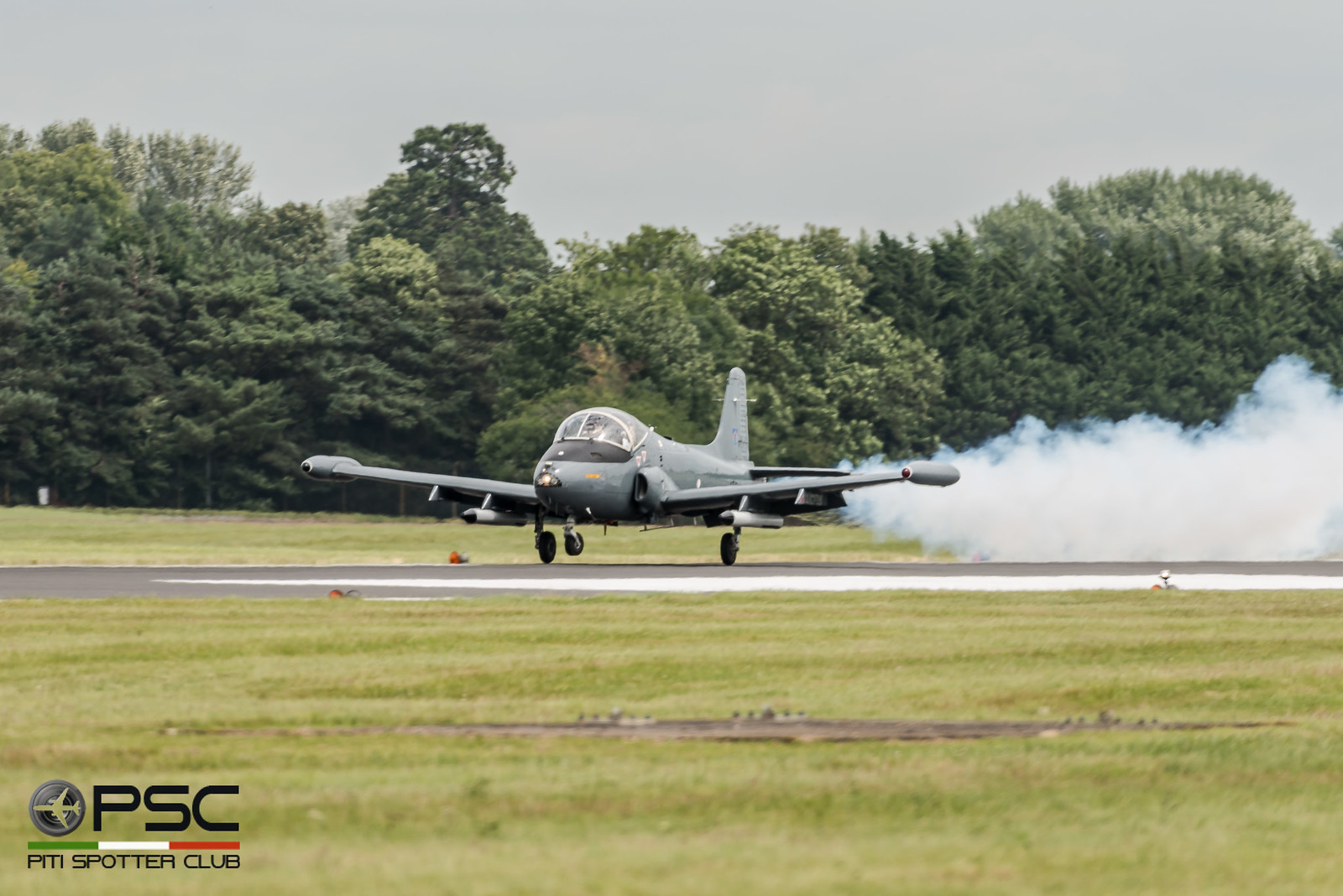 DGC_2638
DGC_2638 by
Gianluca Conversi, su Flickr
 DGC_2639
DGC_2639 by
Gianluca Conversi, su Flickr
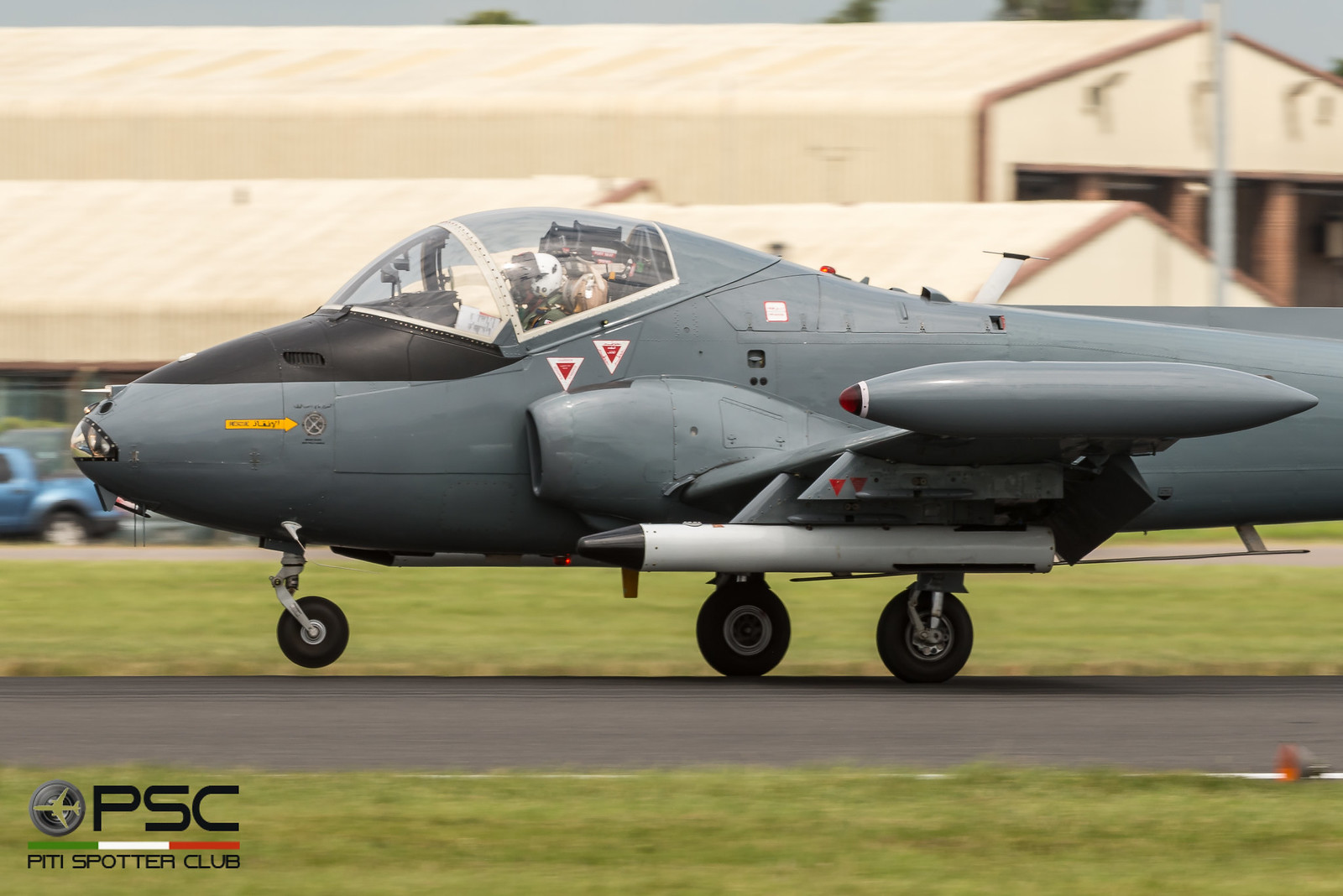 DGC_2641
DGC_2641 by
Gianluca Conversi, su Flickr
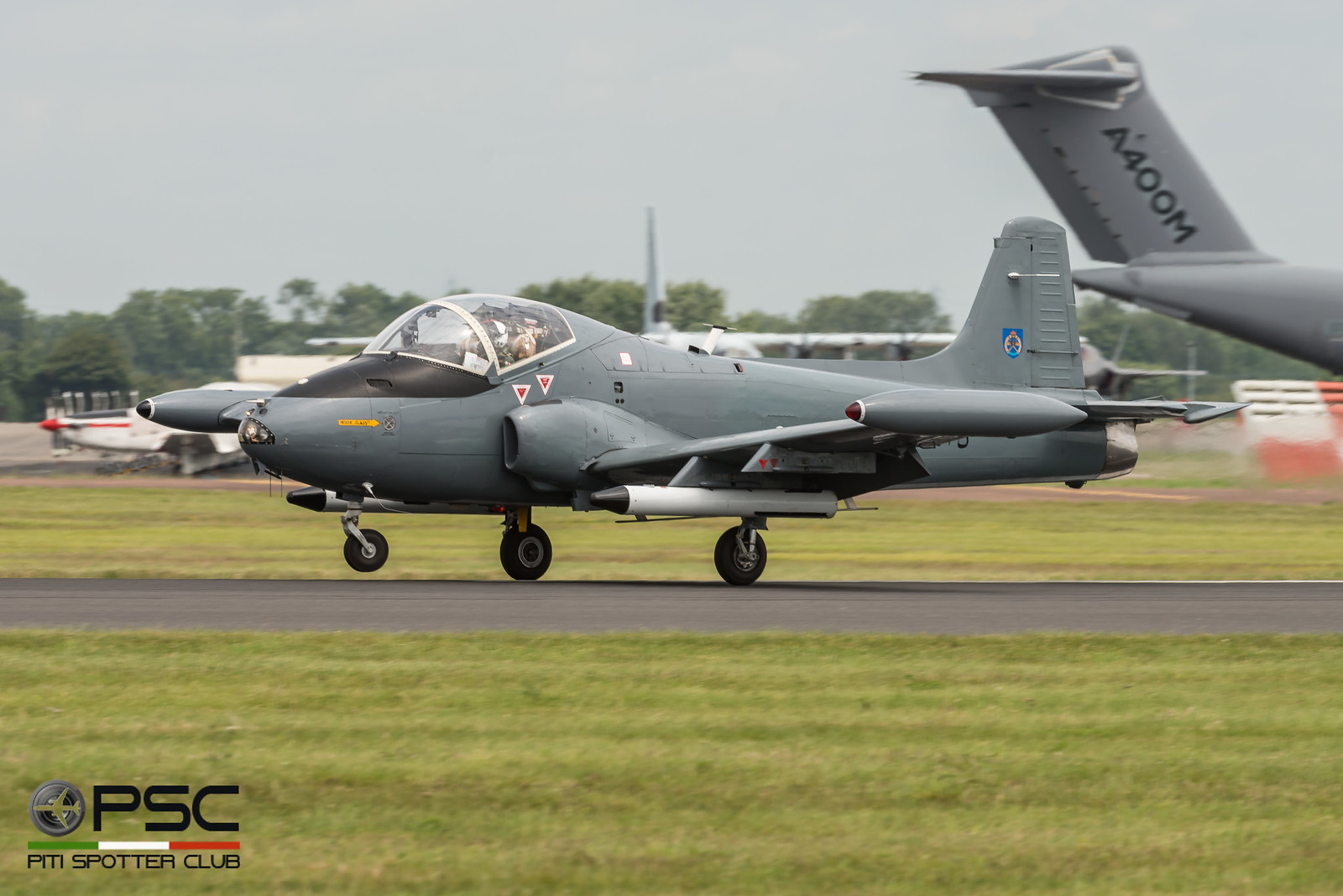 DGC_2640
DGC_2640 by
Gianluca Conversi, su Flickr
 DGC_2642
DGC_2642 by
Gianluca Conversi, su Flickr
La storia dell'aviazione è fatta di macchine anche poco note, dal lavoro e dalla passione di tanti, ma la preservazione della nostra storia è un patrimonio che va preservato e inculcato in certe teste che invece hanno permesso il saccheggio dei "104" ritriti dal servizio anziché preservarle a scopi mussali o addirittura cederne qualcuno a privati e poterlo vedere così nuovamente in volo, esattamente come questo Strikemaster.
Grazie.
Edited by GIORGIO CASTELLI - 22/9/2016, 21:00


